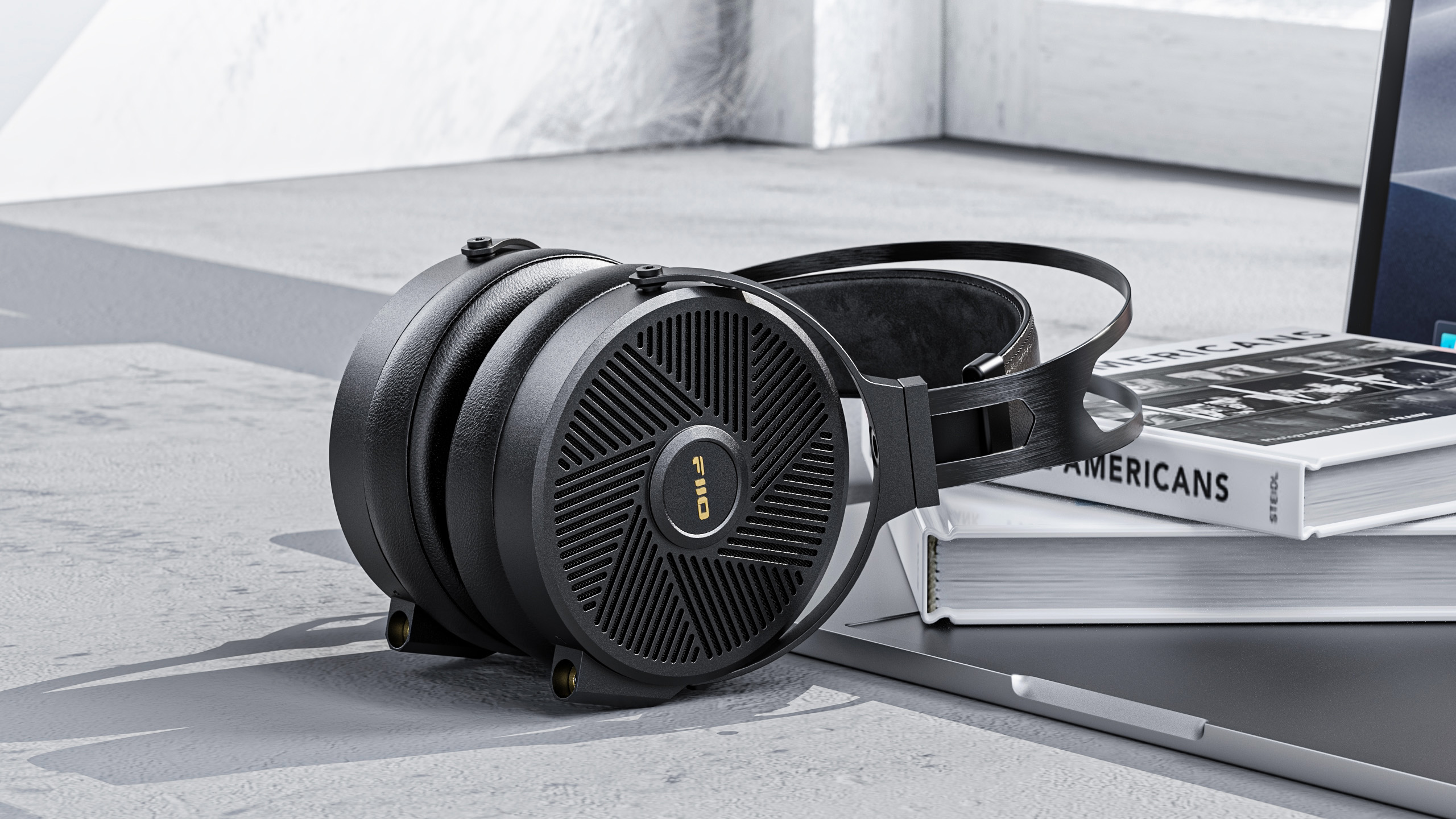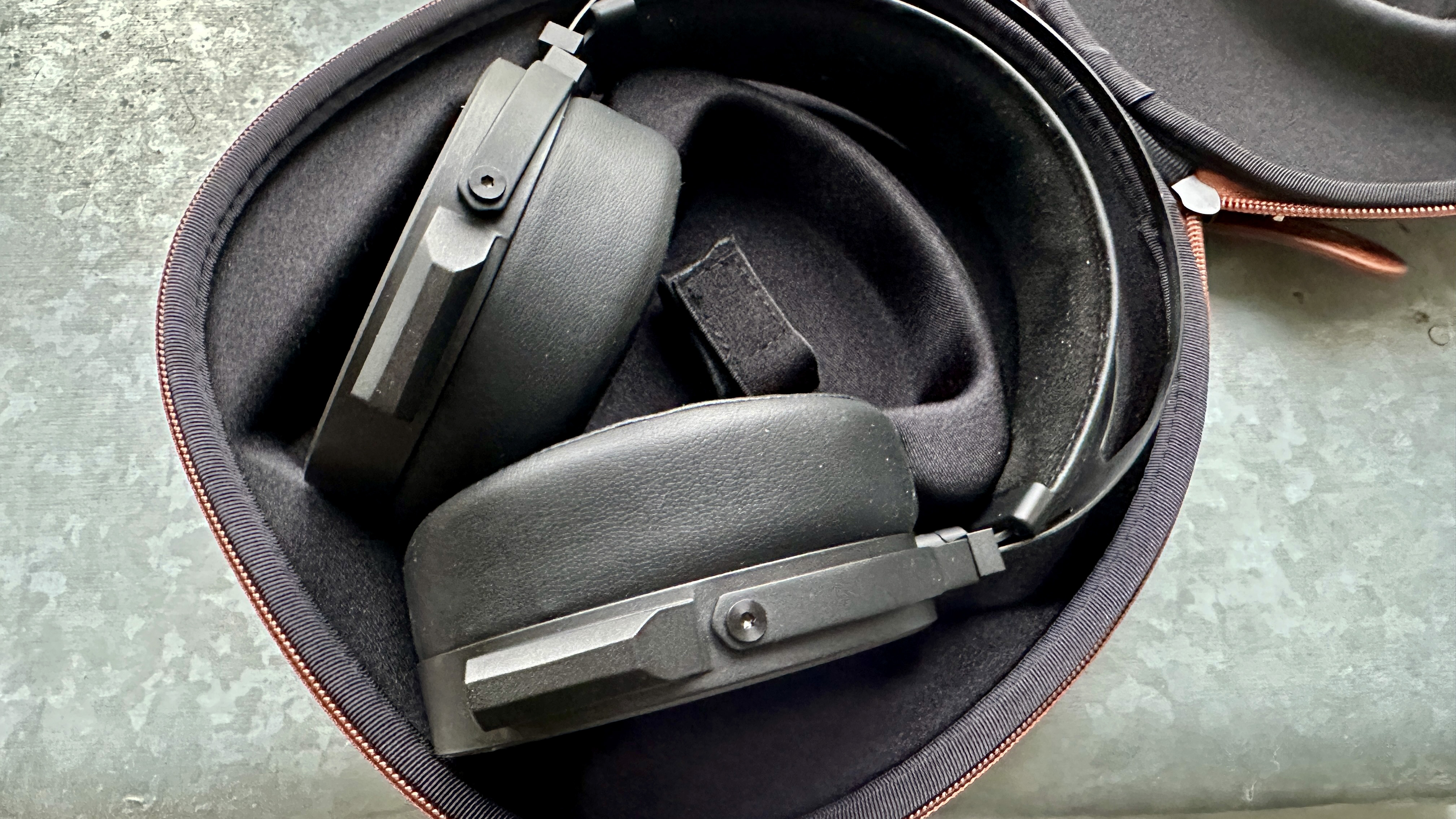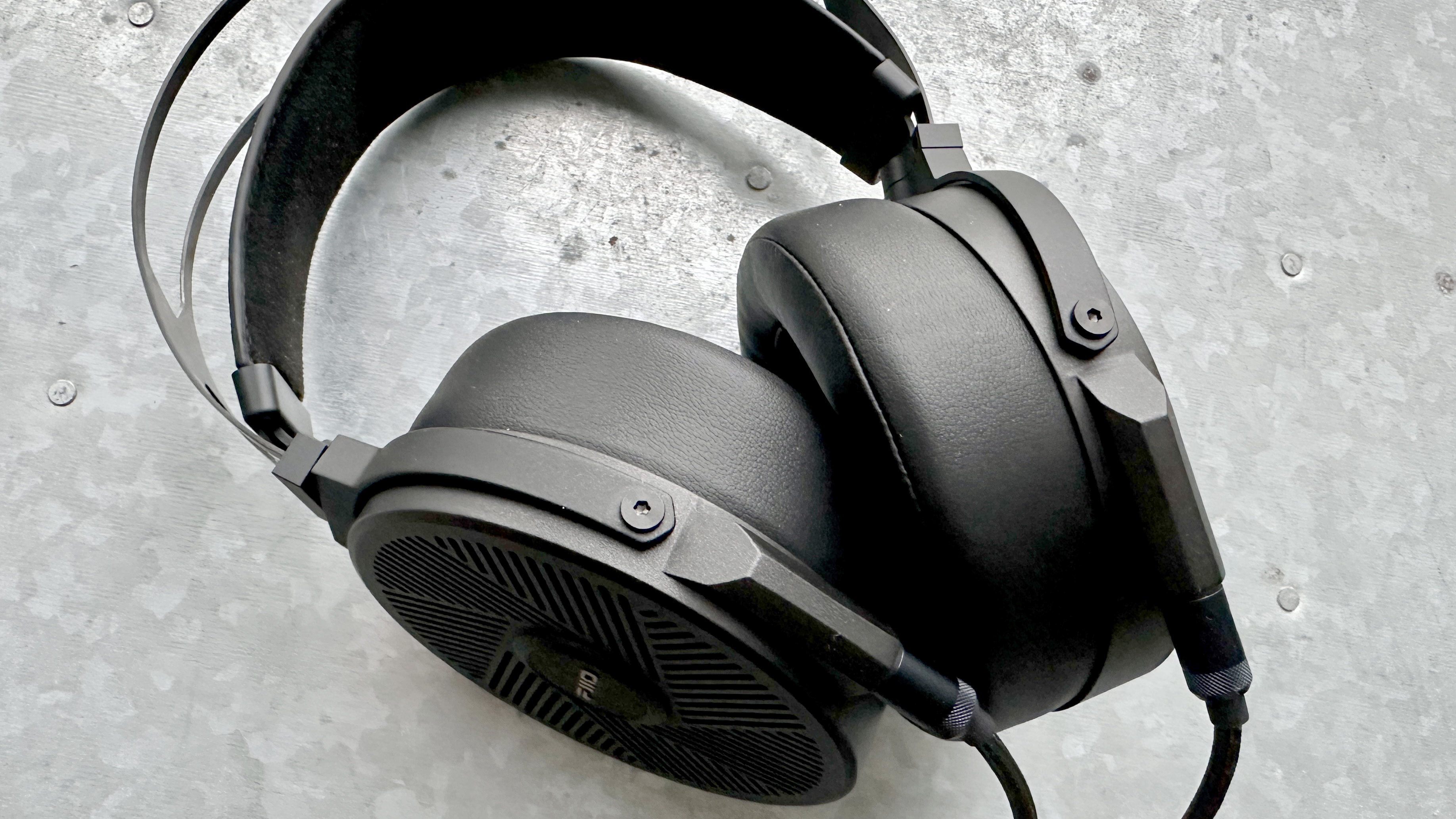FiiO FT5 review: planar magnetic perfection
FiiO's first planar magnetic headphones deliver an enthusiastic listen that's steps beyond its asking price



FiiO’s first-ever planar magnetic headphones combine pride of ownership with enjoyably direct, open sound - which means that as long as your head isn’t too small to support them, there’s very little downside to FT5 ownership.
-
+
Well specified
-
+
Upfront, widescreen sound
-
+
Good standard of build and finish
-
-
A hint of sonic warmth
-
-
Too big for smaller heads
-
-
Don’t fold flat so need a big carry-case
Why you can trust T3

FiiO has been making waves with its DACs, headphones amps and associated equipment for a fair while now - and lately it’s decided it fancies a piece of the full-sized best headphones action.
The FiiO FT3 went down around these parts last summer - so now it’s the turn of the planar magnetic FiiO FT5 on review to try and put a cat among the established ‘affordable audiophile’ pigeons. Are these the new best wired headphones for most people?
FiiO FT5: Price & Release Date
The FiiO FT5 are on sale now, and in the United Kingdom they currently cost £429. In America they go for around $449. While in Australia they'll set you back AU$799.
Planar magnetic over-ear headphones are thin on the ground at this sort of money, but they’re not unheard of. Brands with the credibility of Audeze and HiFiMan (to name but two) have a similarly specified dog in this fight.
FiiO FT5 review: Features & What's New?

The attention-grabbers here are the planar magnetic drivers the FT5 use to generate sound. Dynamic driver technology is far more prevalent at this sort of price-point, of course - so not only has FiiO gone down the road less travelled here, it’s fitted big (90mm), notably slim (6µm) planar magnetic drivers and surrounded each one with 20 neodymium magnets.
It’s an arrangement that delivers, according to FiiO, frequency response of 7Hz - 40kHz - and also goes some way to explaining both the size of the earcups here and the relative heft of the FT5 as a whole. Sensitivity is 96dB/mW @1kHz, though, which means the FT5 should be fairly easy to drive - not something that can be said about some competing planar magnetic designs.

FiiO provides four different connectivity options with the FT5, which means they should be compatible with pretty much any piece of source equipment you care to mention. In the oversized leather carry-case there are 3.5mm, 4.4mm, 6.3mm and 4-pin XLR terminations for one end of the 1.5m braided silver-plated monocrystalline copper cable (the other end splits into two 3.5mm terminations - each earcup needs to be wired). Switch connections is quick and easy.
Get all the latest news, reviews, deals and buying guides on gorgeous tech, home and active products from the T3 experts
Further flexibility comes in the shape of earpads. FiiO supplies a couple of pairs with the FT5 - one is covered in protein leather (for “clear sound, wide soundstage” says FiiO), the other in suede (giving “enhanced atmosphere”, apparently). They’re easy to swap between, so you can make your own mind up which you prefer.
FiiO FT5 review: Performance

From the off, the FiiO FT5 make it perfectly obvious they’re not about to get sidetracked by the usual ‘audiophile’ considerations of ‘neutrality’ and ‘precision’. They’re not going to ignore these characteristics, of course, but these particular planar magnetic over-ear headphones came to show your ears a good time.
To that end, they’re an upfront, direct and energetic listen. Their tonality is just fractionally on the warm side of ‘neutral’, sure, and they give away the last shred of ‘precision’ in favour of generating significant levels of attack - but these traits only add to their overall appeal.
From their deep, textured and nicely varied low-frequency response to their crisp, substantial top end, the FT5 carry plenty of detail - but, just as importantly, plenty of drive and momentum too. And in the midrange, they communicate freely, allowing vocalists of all techniques and competences to express themselves as fully as possible.

The FT5 create a big, properly defined and easy-to-follow soundstage, positioning each element of even the most complex recordings on it with confidence. They breathe deeply enough to make big dynamic shifts in intensity or volume apparent, but they’re subtle and attentive enough to give proper weighting to more minor harmonic variations too. Even the most transient events occurring at the extremities of the soundstage are identified and put into context.
Low-frequency control is straight-edged and positive, so rhythms get proper expression and momentum is maintained at all times. There’s an enthusiasm to the way the FT5 present music that, in the correct circumstances, makes for an exciting and entertaining experience.

In the wrong circumstances - low-key, understated or just plain quiet music, for instance - there’s a little hint that the FiiO might be simply waiting for the next opportunity to kick off, but they’re hardly the least tolerant headphones around. Every pair of headphones has its comfort zone, after all - but the FT5 don’t fall to pieces when asked to leave it like some alternative designs do.
And they don’t turn their noses up at less information-rich content, either. Obviously they do their best work when attached to a decent source device that’s playing high-resolution, uncompressed audio - but if you decide to attach your FT5 directly to the headphone socket of an old smartphone and then start streaming some compressed MP3 files, they don’t sneer. Their overall characteristics don’t change in the slightest (even if detail levels, soundstage definition and all the rest of it fall away somewhat) - which means they remain, above all, an enjoyable and engaging listen.
FiiO FT5 review: Design & Usability

Unlike a lot of rival designs, the FT5 are made mostly of metal rather than of plastic. A without-cables weight of 456g makes that pretty obvious - but the magnesium aluminium alloy they’re made from is only 64% of the weight of the aluminium alloy alternative, so things could be worse. The relatively complex headband arrangement distributes the weight well, too, which also helps where comfort is concerned.
And besides, the metal construction affords some acoustic advantages as well as looking and feeling quite expensive. It resists vibration more effectively than the plastic alternative, and the metal rear of the driver housing acts as a baffle. The relatively complex machining of the back of the earcups, meanwhile, controls and accelerates airflow - this helps both with high-frequency extension and soundstaging.
Although the headphones don’t fold, the earcups move through three axes - so as long as your head isn’t too little for the headband’s smallest position, you should have no problem getting (and remaining) comfortable inside a pair of FT5. And when you’re not wearing them, they can be kept in good order thanks to their massive-but-nicely-finished leather carry-case.
FiiO FT5 review: Verdict

Not for the first time, here’s a really well-judged FiiO product. The FT5 are specified and built beyond their asking price, and though their sound may well infuriate the self-conscious ‘audiophile’ thanks to its enthusiastic, up-front nature, the rest of us can just go ahead and be thoroughly entertained.
Also consider
The Audeze LCD-1 are getting on a bit now - but that doesn’t mean they’re not well worth considering. They sound, as you’d expect from one of the real zealots of planar magnetic technology, outstanding - but they don’t have quite the perceived value of the FiiO FT5.
Simon Lucas is a freelance technology journalist and consultant, with particular emphasis on the audio/video aspects of home entertainment. Before embracing the carefree life of the freelancer, he was editor of What Hi-Fi? magazine and website – since then, he's written for titles such as Wired, Metro, the Guardian and Stuff, among many others. Should he find himself with a spare moment, Simon likes nothing more than publishing and then quickly deleting tweets about the state of the nation (in general), the state of Aston Villa (in particular) and the state of his partner's cat.
